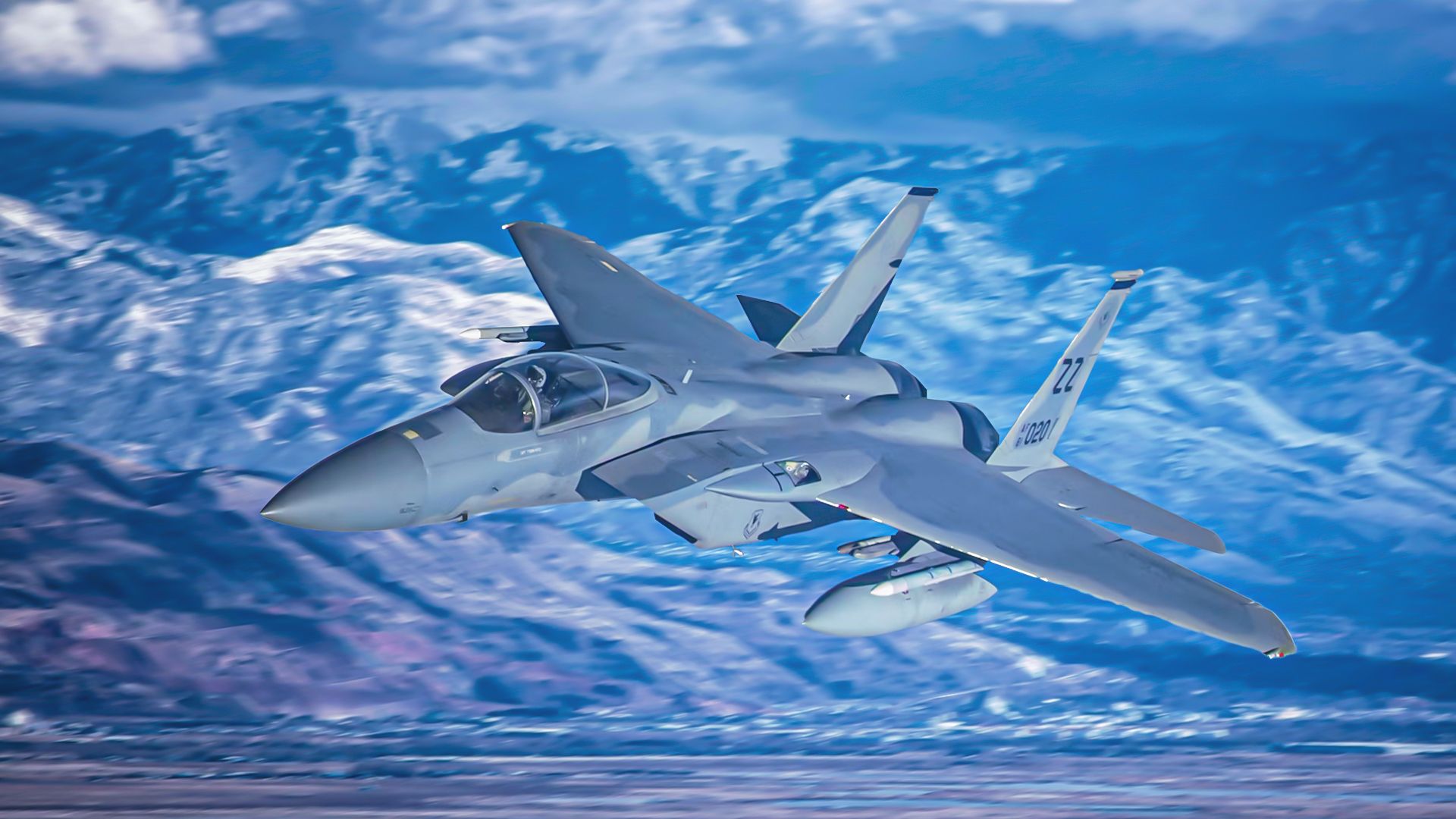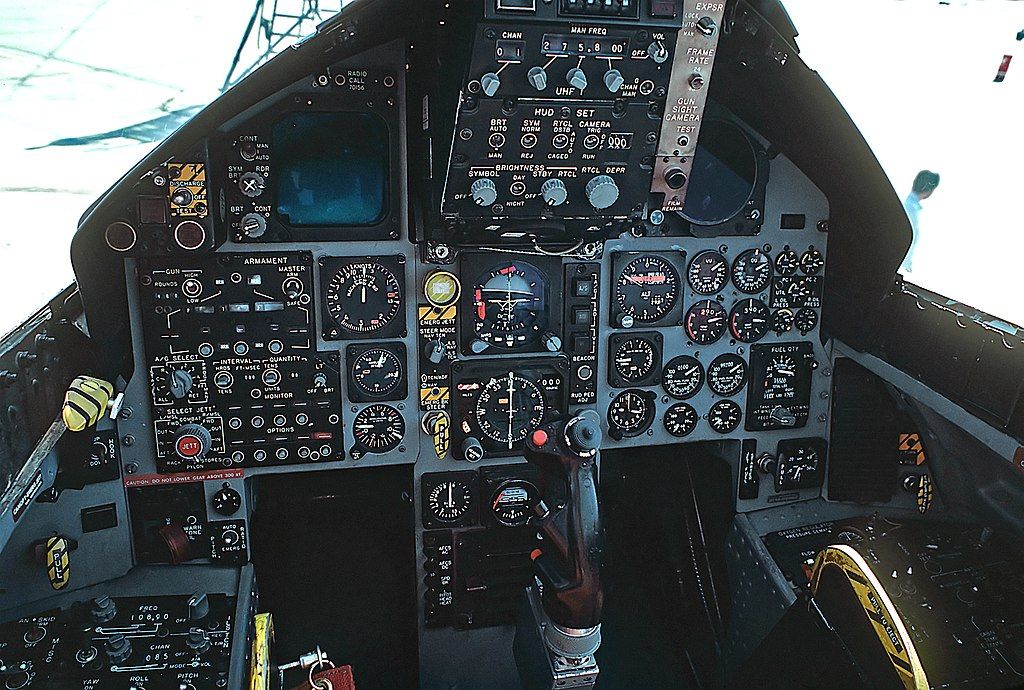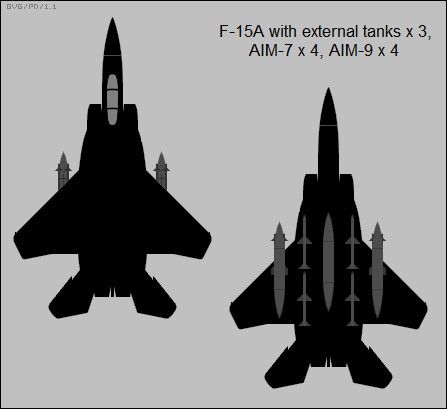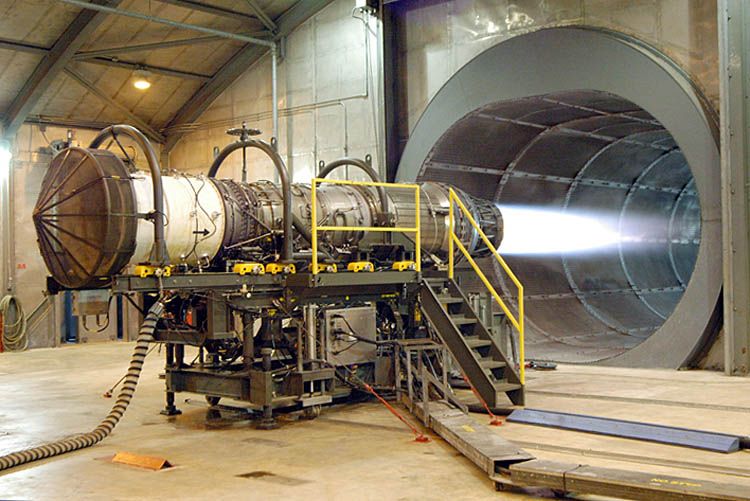Summary
- The F-15 Eagle’s multi-mission avionics systems are crucial for aerial success and combat visibility.
- Pulse-Doppler radar is superior to traditional Doppler, detecting, tracking, and attacking high-flying and low-flying targets equally.
- Speed and maneuverability are facilitated by a high thrust-to-weight ratio, leading to unparalleled success in aerial combat.
The then-McDonnell Douglas (now Boeing) F-15 Eagle made its maiden flight on July 27, 1972, followed by its official operational debut on January 9, 1976. (How poetic that warbird named after America’s national emblem should go operational during the country’s bicentennial year.)
McDonnell Douglas merged with Boeing in 1997.
Since then, the Eagle jet has amassed an absolutely unparalleled record of success in aerial combat: a 104:0 air-to-air kill ratio! The F-15 has never been shot down by an enemy aircraft and has racked up that incredible aerial victory tally in return.
Simple Flying now looks at five essential functions of the F-15 that have made it so incredibly successful in aerial combat and keep it relevant today despite a preponderance of 5th-generation stealth fighters.
1
Multi-mission avionics system
Tech sets the F-15 apart from other fighters
The official US Air Force fact sheets explain how the F-15’s multi-mission avionics system sets this aircraft apart from other fighters. The system includes a head-up display (HUD), advanced radar, an inertial navigation system, flight instruments, ultra-high-frequency (UHF) communications, a tactical navigation system, and an instrument landing system. There is also an internally mounted tactical electronic warfare system, an “Identification Friend or Foe” (IFF) system, an electronic countermeasures (EMC) set, and a central digital computer.
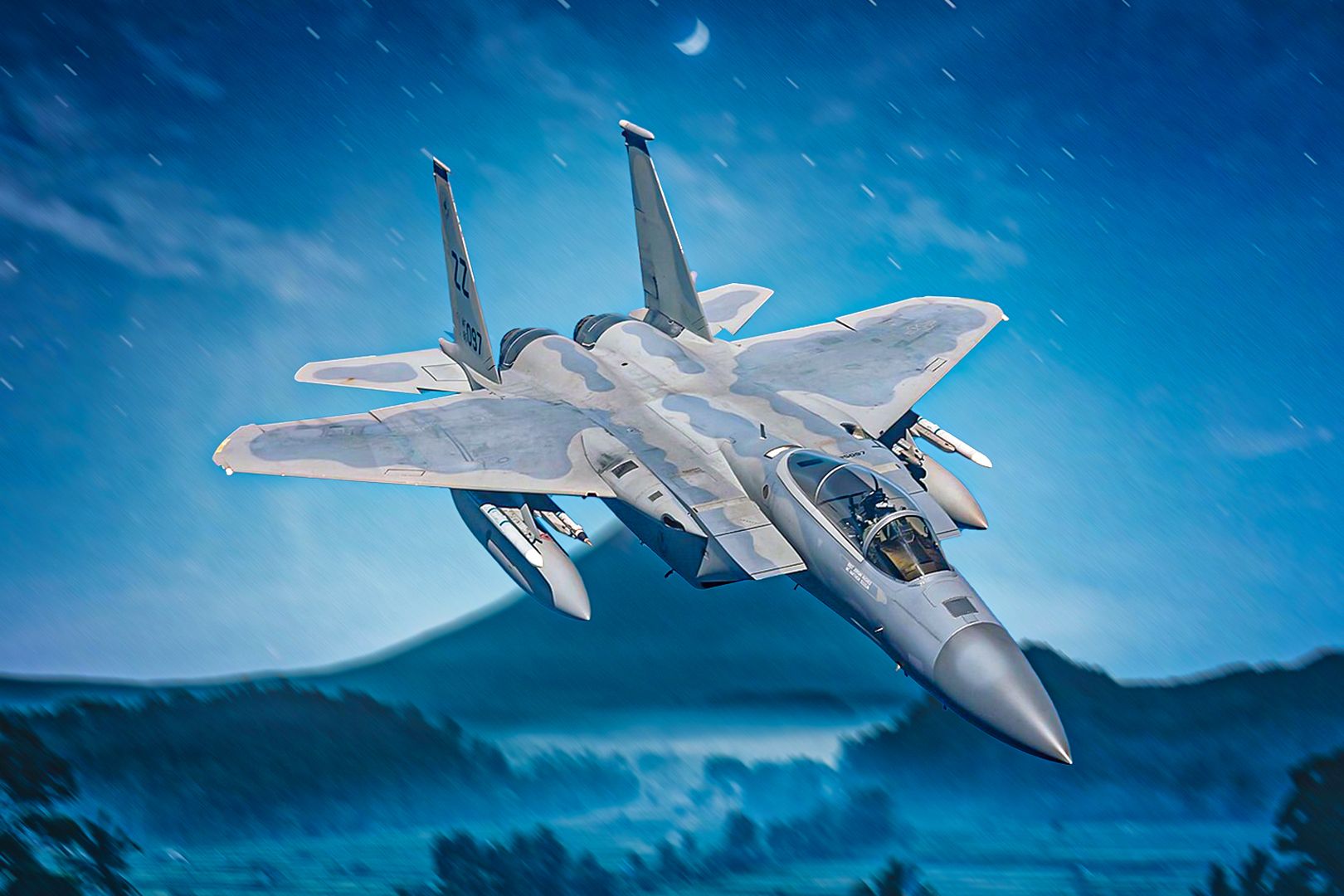
Related
Which F-15s Did The Government Clear The US Air Force To Retire?
The Air Force is permitted to retire its oldest F-15 variants but is prohibited from retiring its not-so-old F-15 variants.
The HUD is particularly noteworthy. It projects all essential flight information gathered by the integrated avionics system onto the windscreen and makes the information visible in any light condition. This means pilots have all the information necessary to track and destroy an enemy aircraft without looking down at cockpit instruments. This eliminates a distraction that could compromise situational awareness [SA] for that crucial split second and gives the tactical edge to the enemy.
2
Pulse-Doppler radar system
Far superior to the traditional Doppler
Traditional Doppler radar, for all of its positive attributes, is less than ideal for aerial combat because it is susceptible to being fooled by so-called ground clutter when the warbird is oriented at a nose-downward angle (such as during a dive). However, the advanced pulse-Doppler radar on the F-15 is far more versatile and negates those problems, thus allowing it to attack low-flying and high-flying targets with equal aplomb.
As the USAF Fact Sheets elaborate:
“It can detect and track aircraft and small high-speed targets at distances beyond visual range down to close range, and at altitudes down to treetop level. The radar feeds target information into the central computer for effective weapons delivery. For close-in dogfights, the radar automatically acquires enemy aircraft, and this information is projected on the head-up display.”
3
Speed and maneuverability
Quick and nimble
The F-15’s predecessor, the F-4 Phantom, set multiple speed records but was somewhat deficient in maneuverability; the same could be said for the Soviet-designed MiG-25 “Foxbat.”
By contrast, the Eagle jet, though not quite as nimble as the smaller and more slender F-16 Fighting Falcon (or “Viper”), has speed and maneuverability in droves. To quote the USAF Fact Sheets again:
“The F-15’s superior maneuverability and acceleration are achieved through high engine thrust-to-weight ratio and low wing-loading. Low wing-loading (the ratio of aircraft weight to its wing area) is a vital factor in maneuverability and, combined with the high thrust-to-weight ratio, enables the aircraft to turn tightly without losing airspeed.”
Statistical specs (from the F-15C variant) prove that claim:
|
Wing Area: |
608 sq ft (56.5 m2) |
|
Max Airspeed |
|
|
Wing Loading: |
73.1 lb/sq ft (357 kg/m2) |
|
Thrust/Weight: |
1.07 (1.26 with loaded weight and 50% internal fuel) |
4
Weapons Versatility
An eclectic arsenal of air-to-air ordnance and air-to-ground ordnance alike
The Eagle’s unmatched 104:0 kill ratio can be at least partially attributed to the warbird’s superior air-to-air weapons package (and the skills of the pilots responsible for launching them). As the USAF Fact Sheets detail:
“A variety of air-to-air weaponry can be carried by the F-15. An automated weapon system enables the pilot to perform aerial combat safely and effectively, using the heads-up display and the avionics and weapons controls located on the engine throttles or control stick. When the pilot changes from one weapon system to another, visual guidance for the required weapon automatically appears on the heads-up display.”

Related
F-15 vs MiG-25: Which Is Better?
Some McDonnell Douglas F-15 Eagle aircraft have been replaced with the Lockheed Martin/Boeing F-22 Raptor.
“The Eagle can be armed with combinations of different air-to-air weapons: AIM-120 advanced medium range air-to-air missiles [AMRAAM] on its lower fuselage corners, AIM-9L/M Sidewinder or AIM-120 missiles on two pylons under the wings and an internal 20mm Gatling gun in the right wing root.”
“AIM” stands for “Air Intercept Missile.” The AIM-9 Sidewinder is an infrared (heat-seeking) missile, whilst the AMRAAM (nicknamed the “Slammer”) is an active radar-guided missile.
The two-seater ground attack variant of the Eagle, the F-15E Strike Eagle, made its maiden flight on December 11, 1986, and was officially introduced into USAF service on September 30, 1989. It excels in both air-to-air and air-to-ground roles.
The Strike Eagle’s maximum payload capacity is an astonishing 13,600 lb (6,168 kg), exceeding that of so-called “heavy bombers” of WWII like the Consolidated B-24 Liberator.
The veritable laundry list of specific air-to-ground ordnance types wielded by the F-15E includes:
- Mark 82 bomb
- Mark 84 bomb
- GBU-15
- GBU-10 Paveway II
- GBU-12 Paveway II
- GBU-24 Paveway III
- GBU-27 Paveway III
- GBU-28 (Bunker buster)
- GBU-31 or GBU-38 8 GBU-31s or 16 GBU-38s (JDAM)
- GBU-54 Laser JDAM (LJDAM)
- GBU-39 Small Diameter Bomb (SDB)
- B61 or B83 nuclear bomb
- CBU-87 or CBU-103 (CEM)
- CBU-89 or CBU-104 (GATOR)
- KGGB (Integrated on South Korean Air Force F-15Ks)
- CBU-97 or CBU-105 (SFW)
- CBU-107 Passive Attack Weapon
- BLU-107 Durandal
The F-15E’s knack for ground attack is boosted further by the low-altitude navigation and targeting infrared for night (LANTIRN) system. As Peter Suciu describes in a 2023 article for The National Interest, LANTRIN:
“…allows the aircraft to fly at low altitudes, at night and in any weather conditions, to attack ground targets with a variety of precision-guided and unguided weapons. The LANTIRN system, consisting of two pods attached to the exterior of the aircraft, gives the F-15E unequaled accuracy in weapons delivery day or night and even in poor weather.”
5
Pratt & Whitney engine
The gold standard of airplane engine reliability
All those other features are all well and good, but they’d all be rendered moot without a dependable engine that’ll take a plane and pilot (plus, in the two-seater version, the Weapon Systems Operator [WSO, or “Wizzo”]) from home to the target and then safely back. This isn’t an issue for the Eagle, as its engines are built by Pratt & Whitney, a company headquartered in East Hartford, Connecticut, that’s been producing superbly reliable engines since its founding in 1925.
The specific engine type for the F-15 family is the Pratt & Whitney F100-PW-220 (or, in the case of the up-and-coming F15EX Eagle II, the PW-229). As the company’s official product info page states:
“With more than 30 million flight hours flown by 23 air forces, the F100 delivers superior capability with industry-leading dependability, reliability and performance to the global fleet of F-15s and F-16s…The F100 is currently in production, and Pratt & Whitney is committed to supporting the F100 fleet for decades to come, including in the F-15EX and new F-16s.”
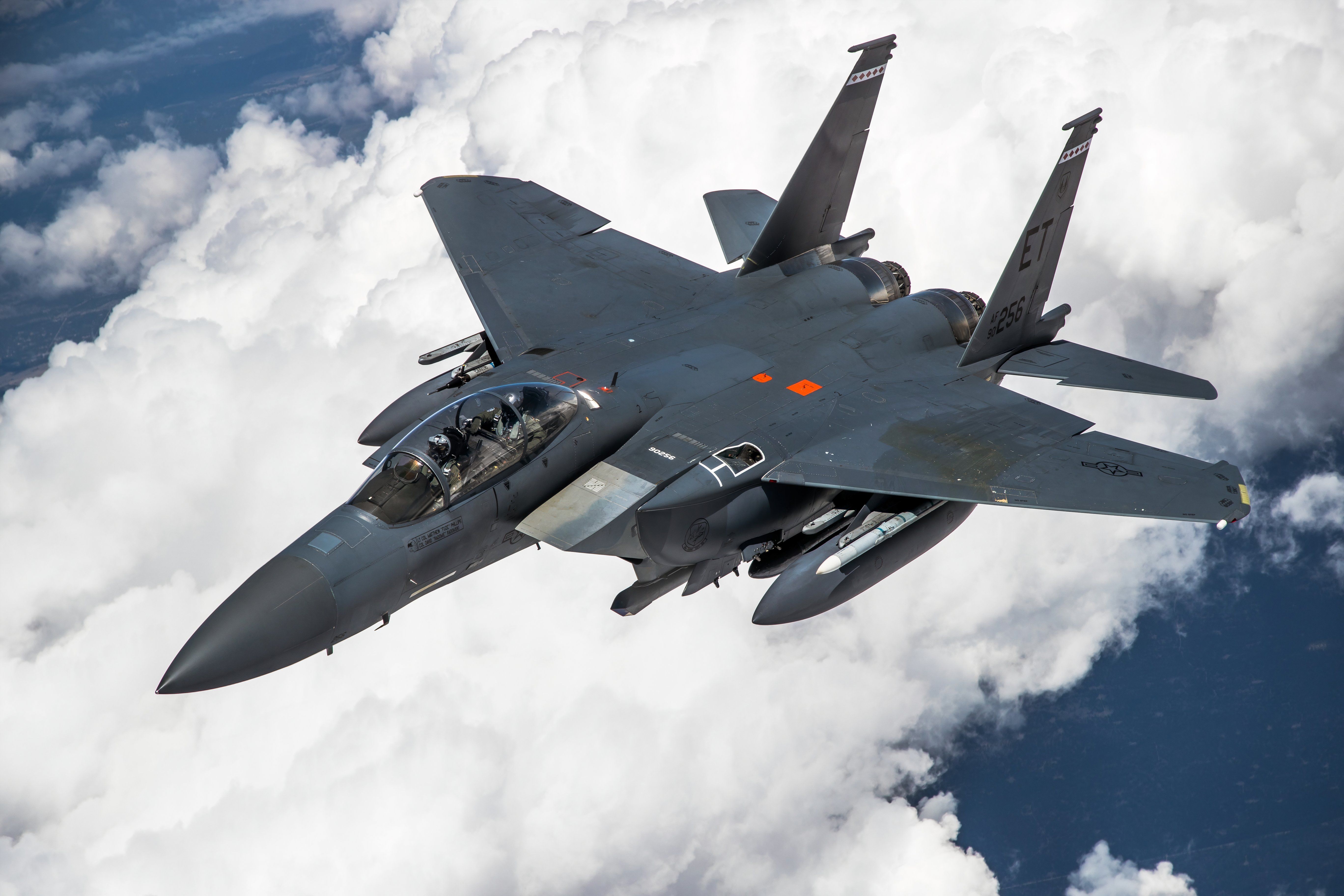
Related
Top 5 Air Superiority Features Of The F-15EX Eagle II
The F-15Ex’s operational service begins in July.

